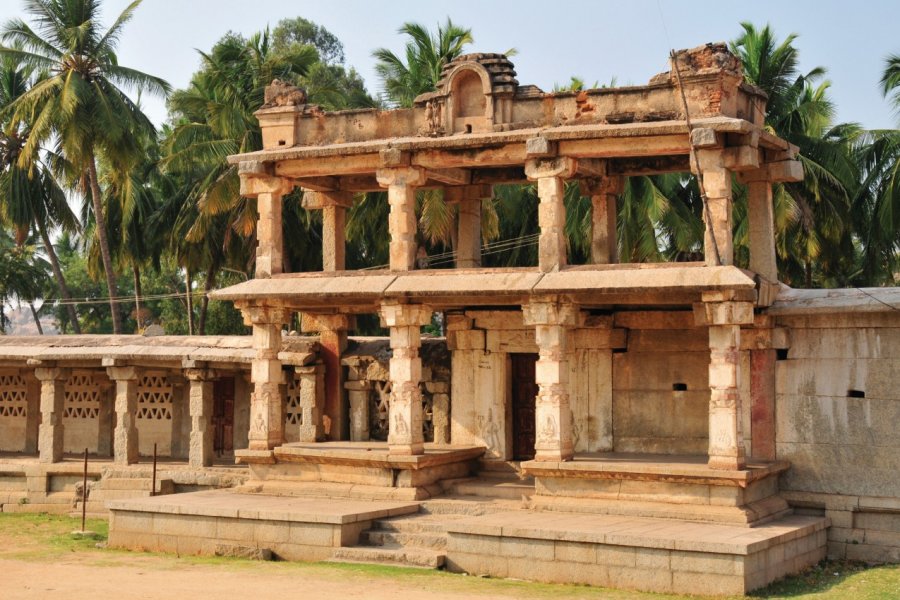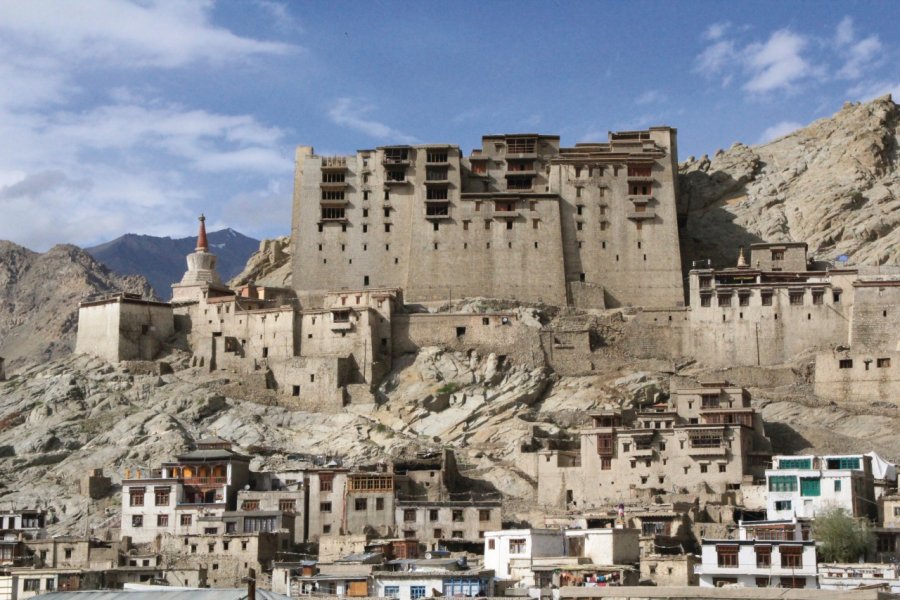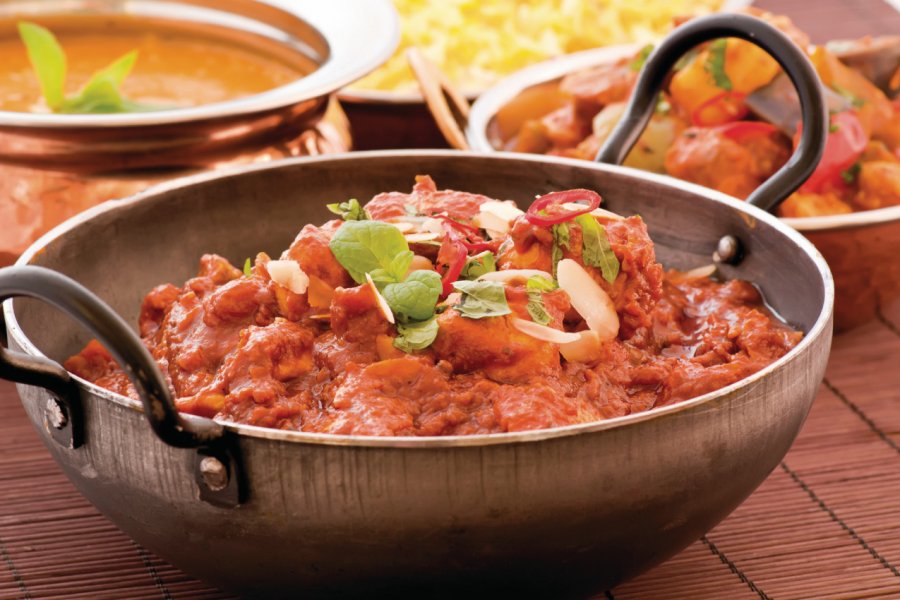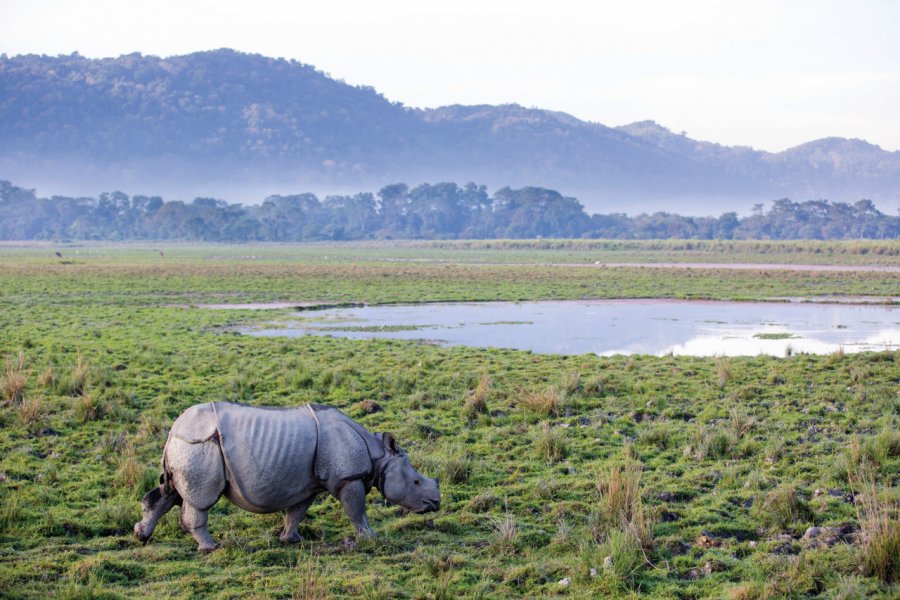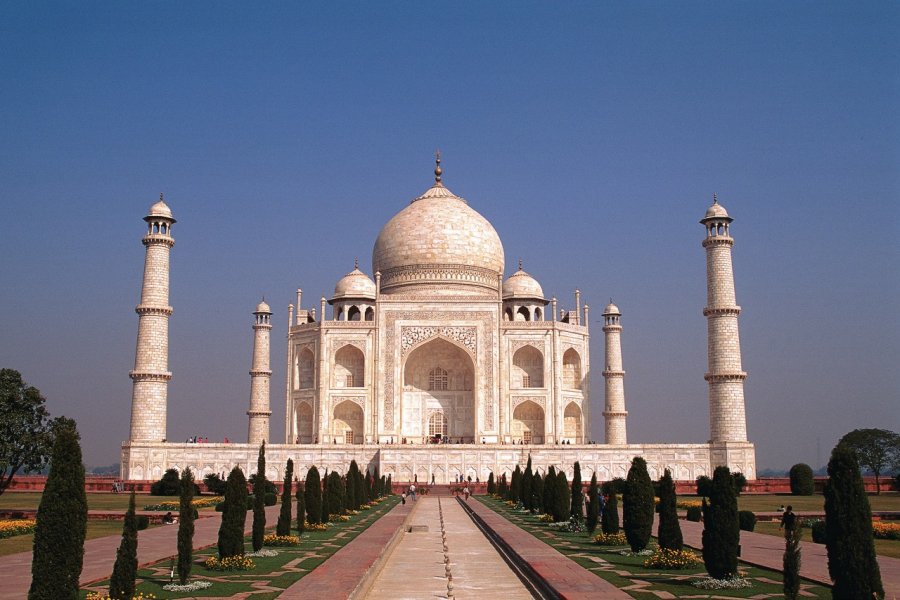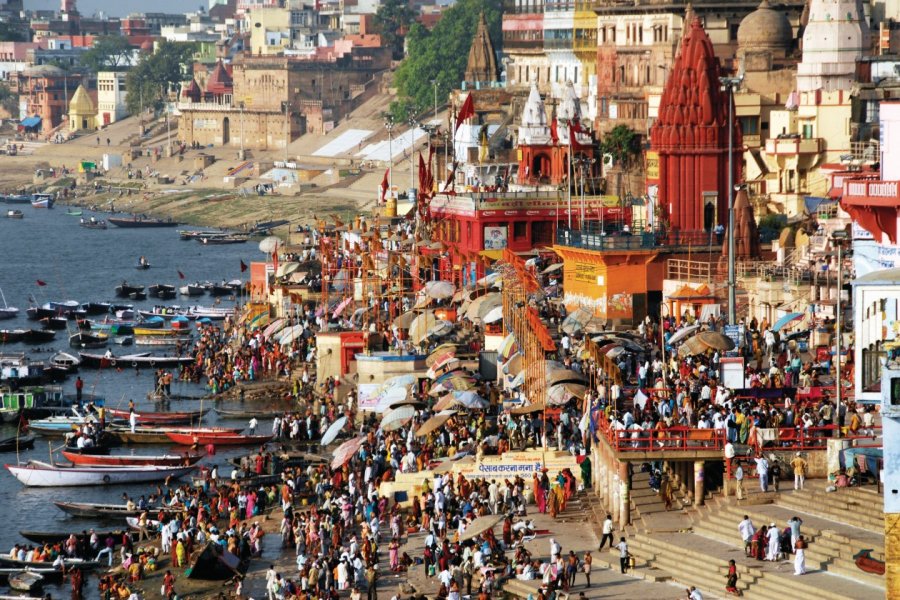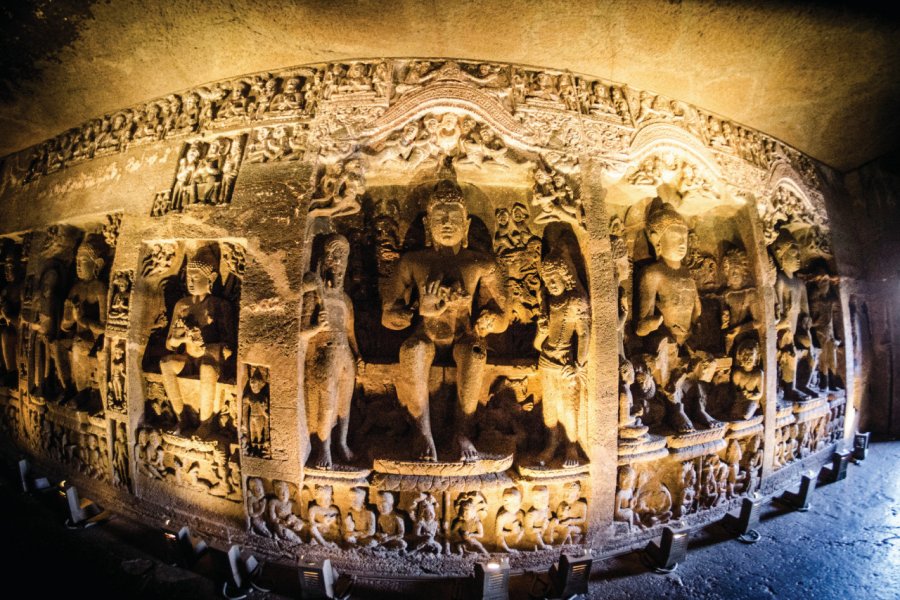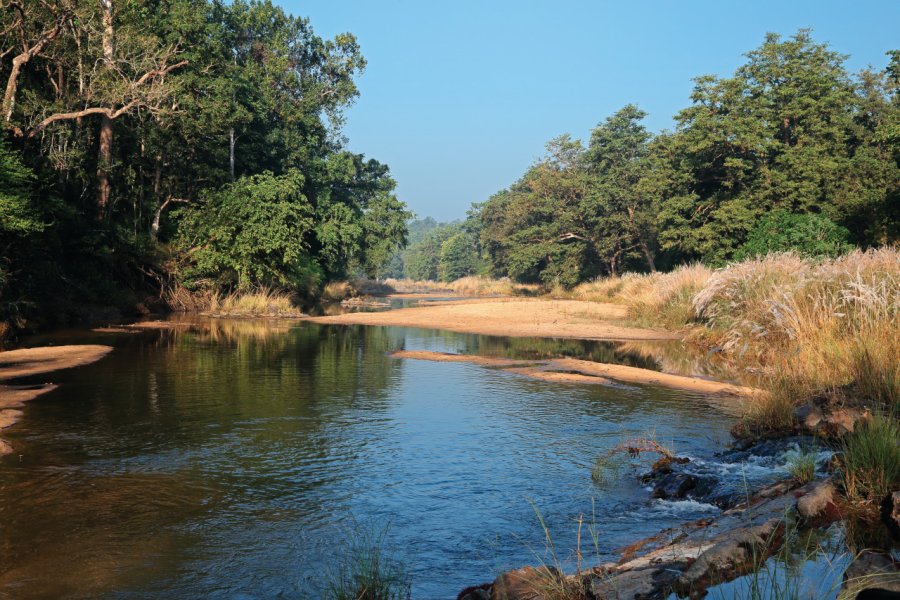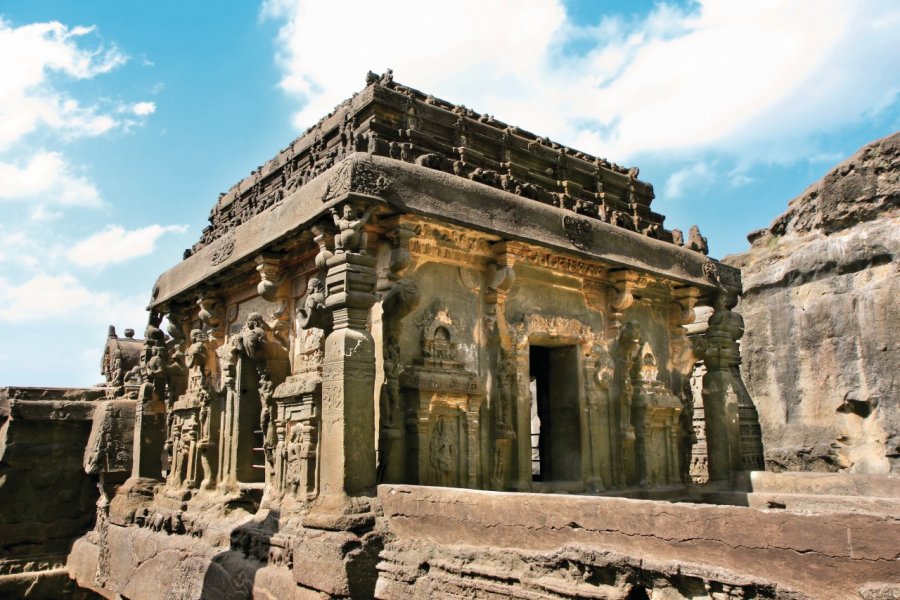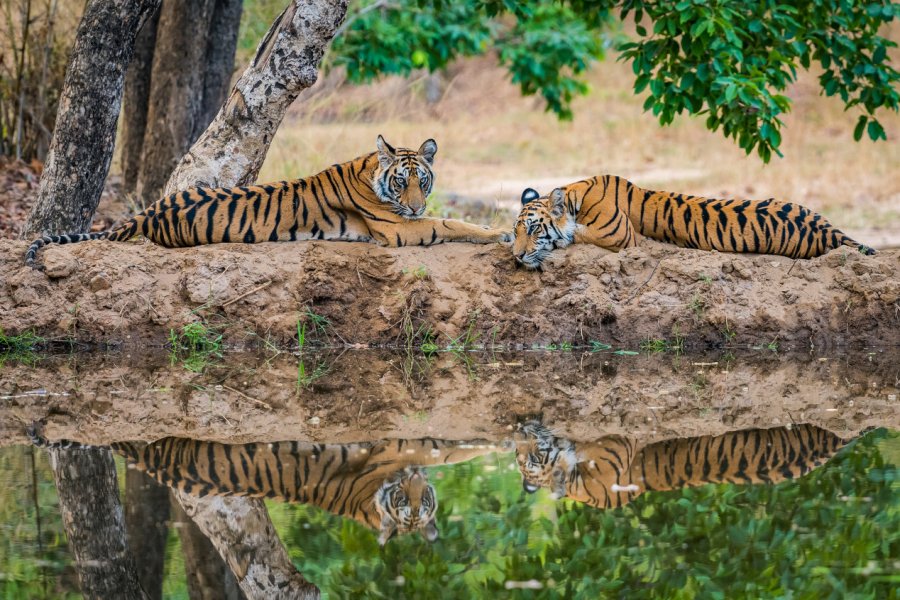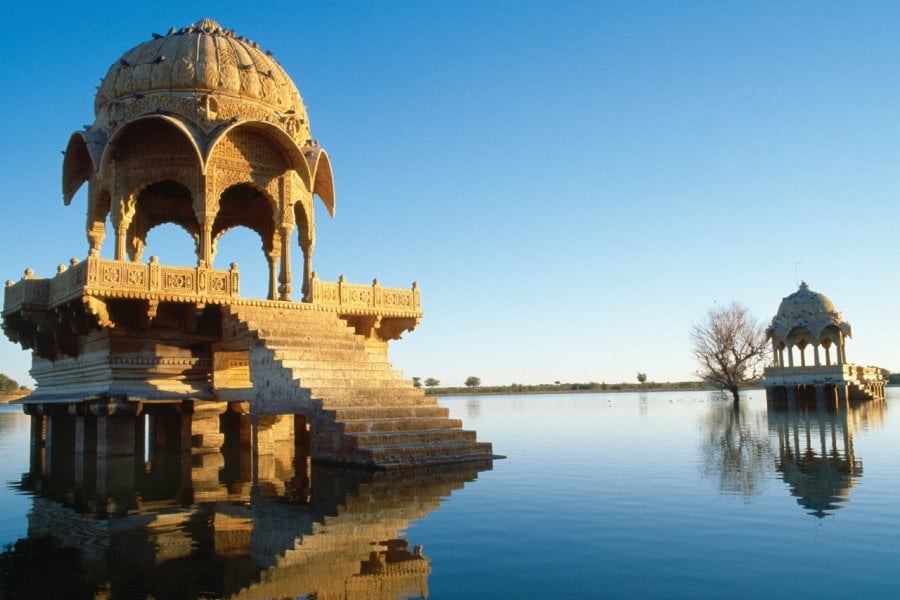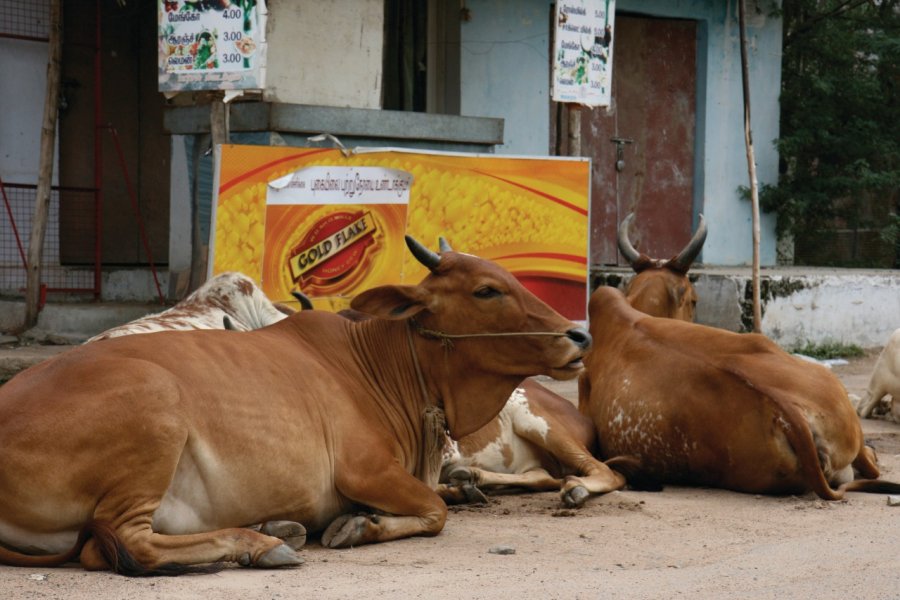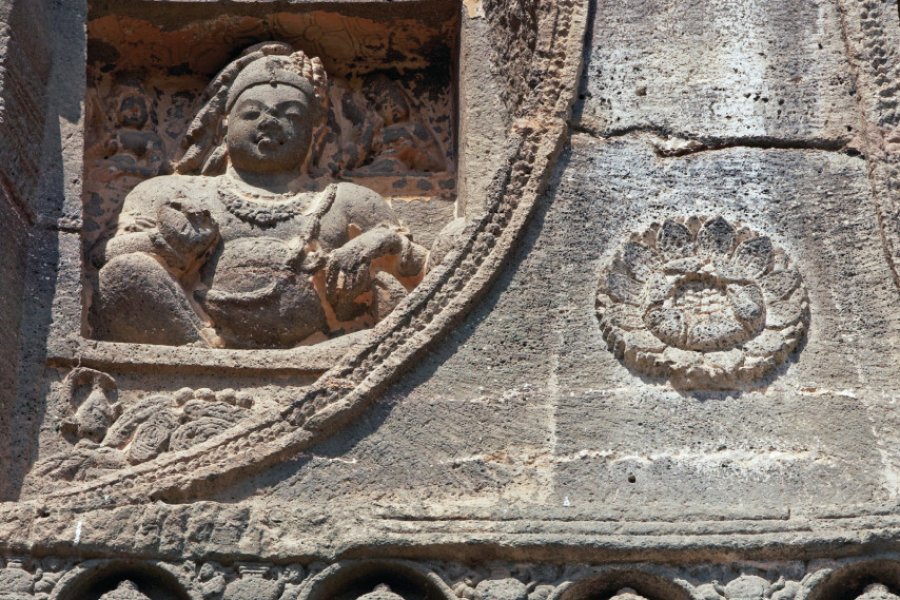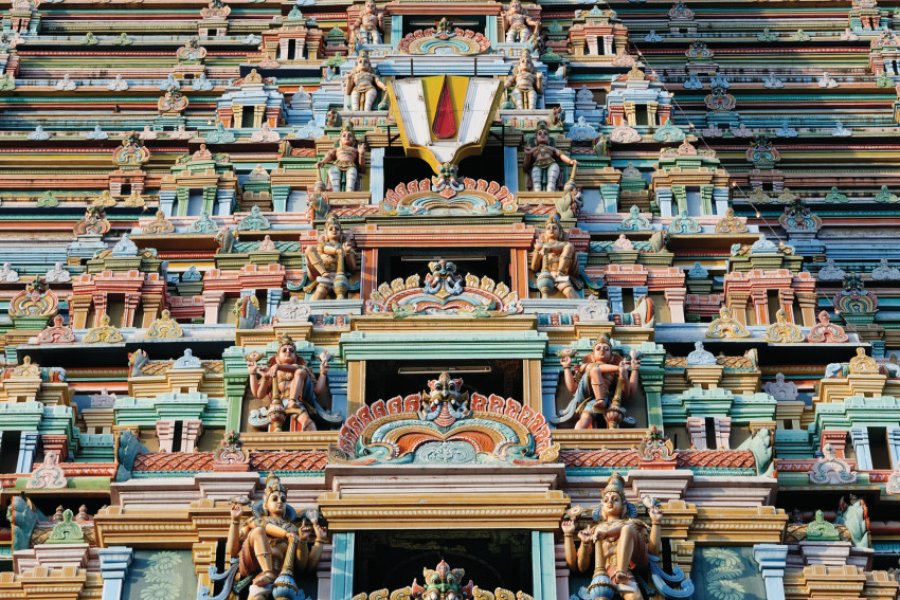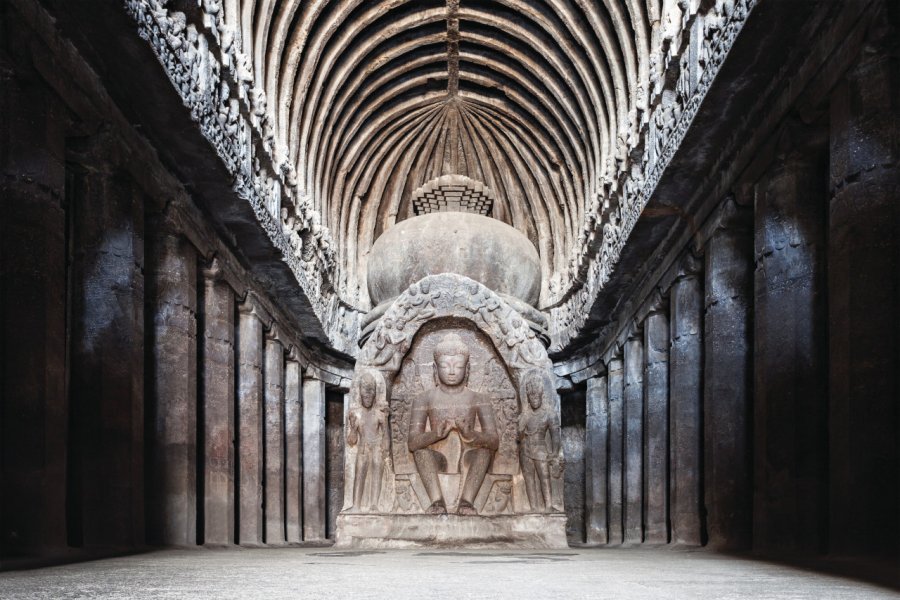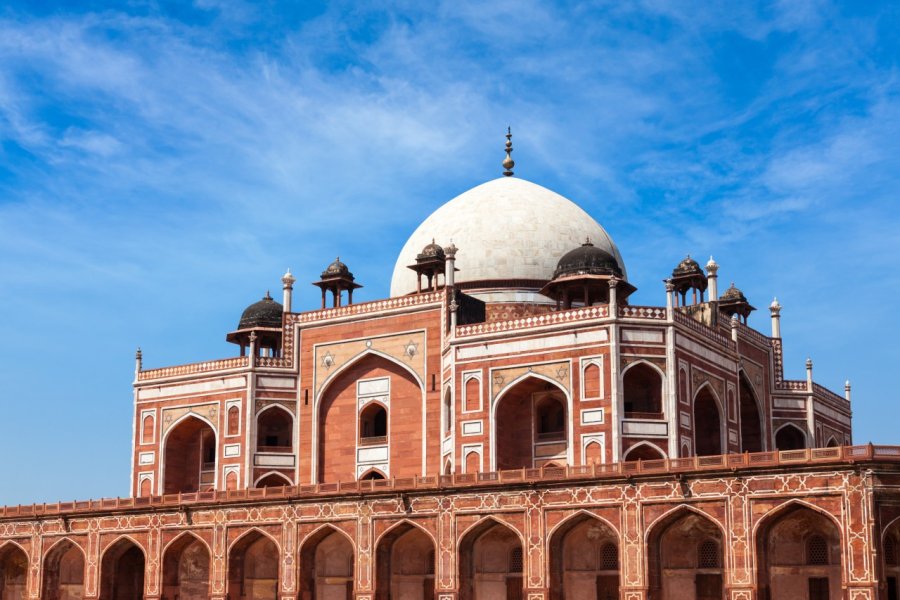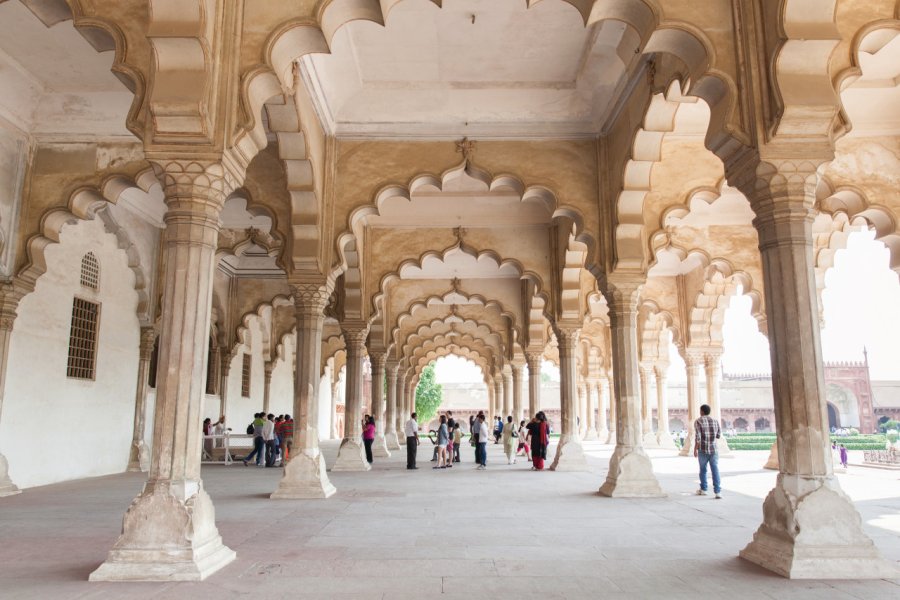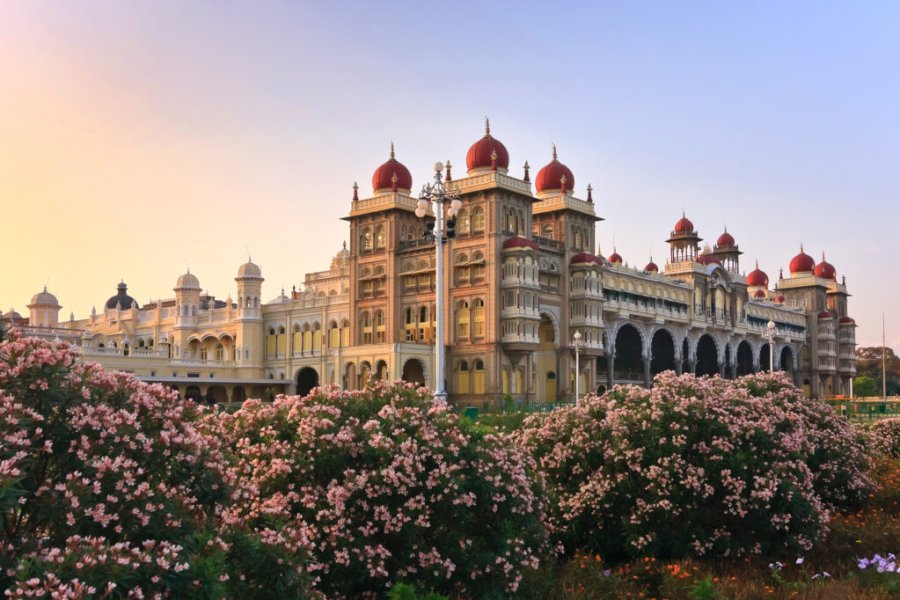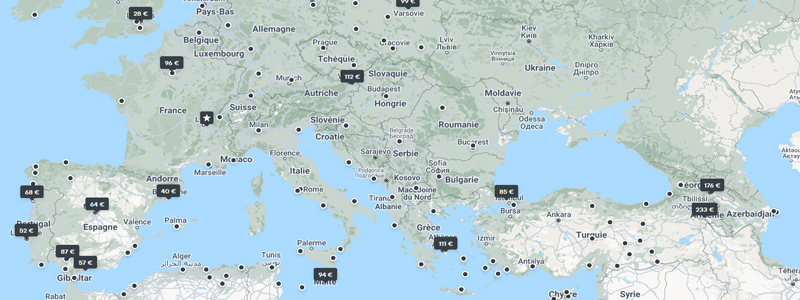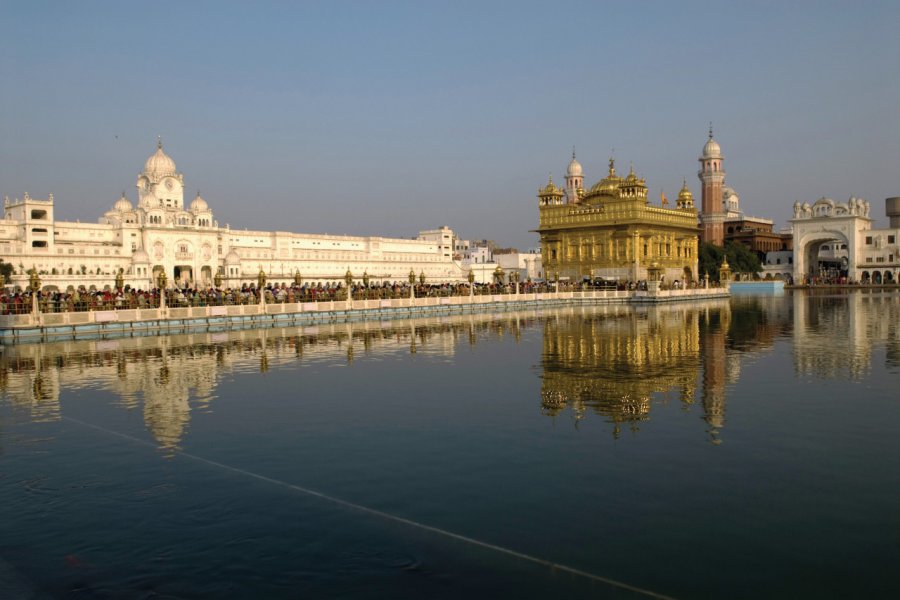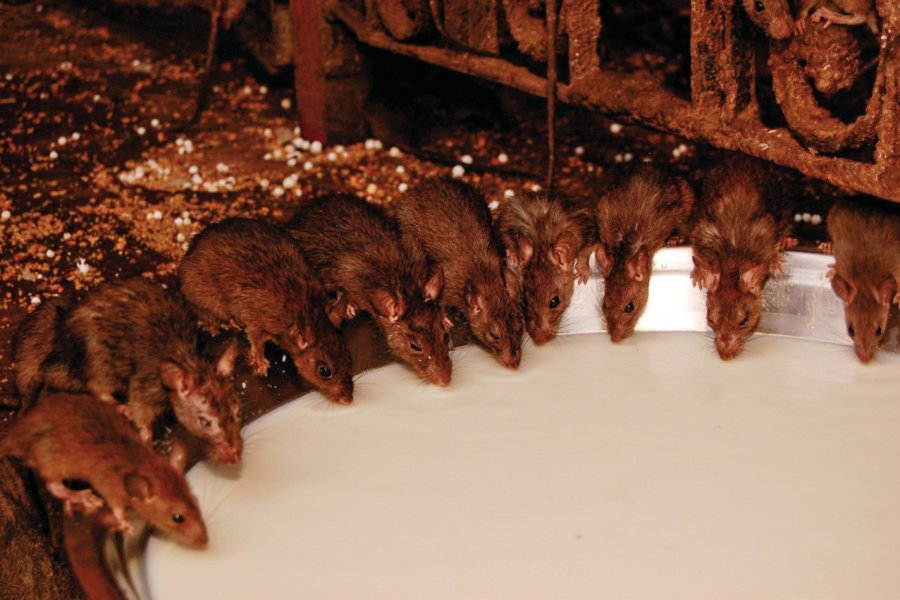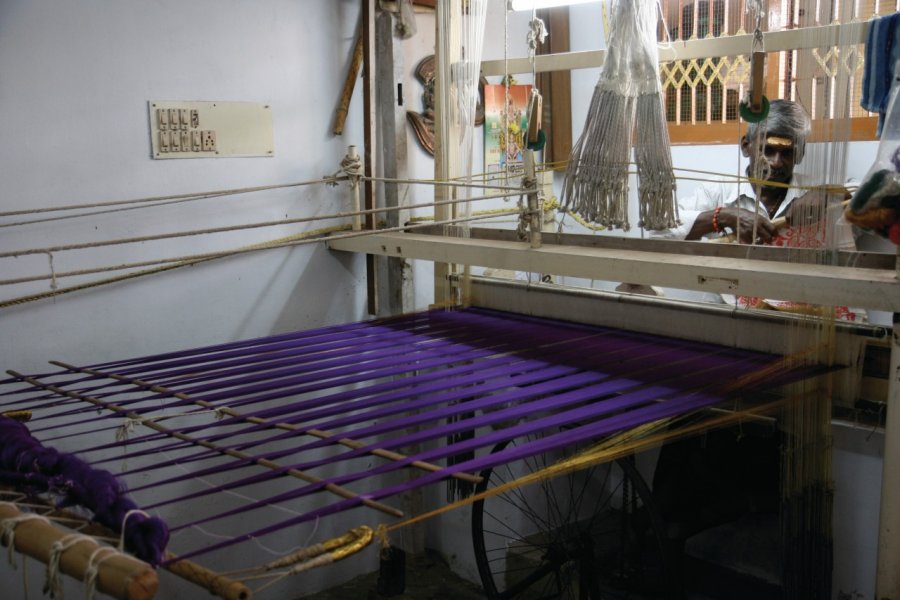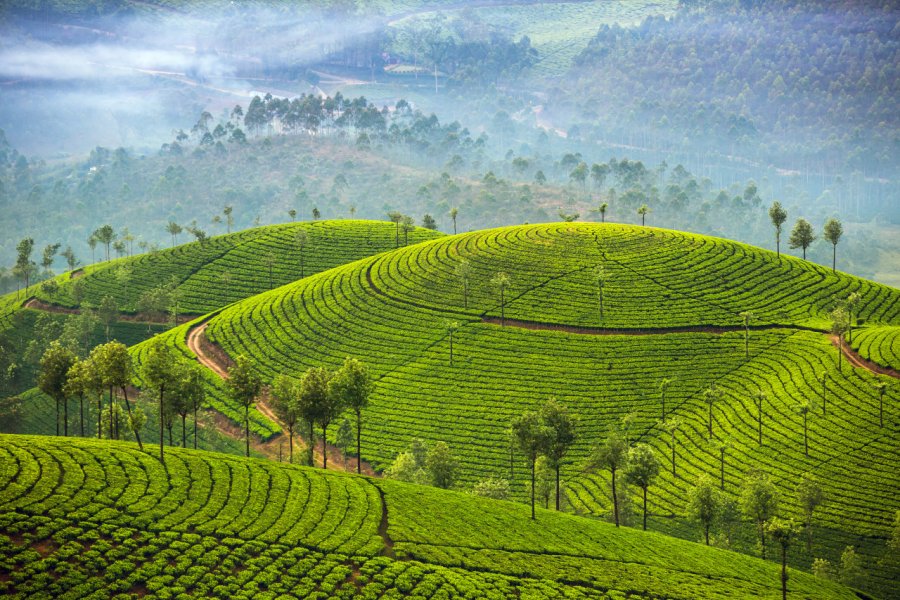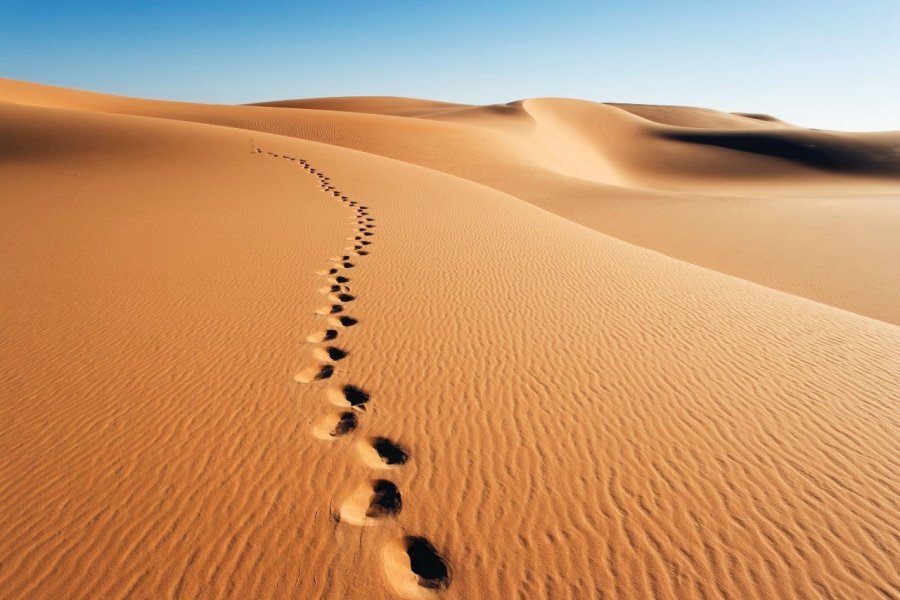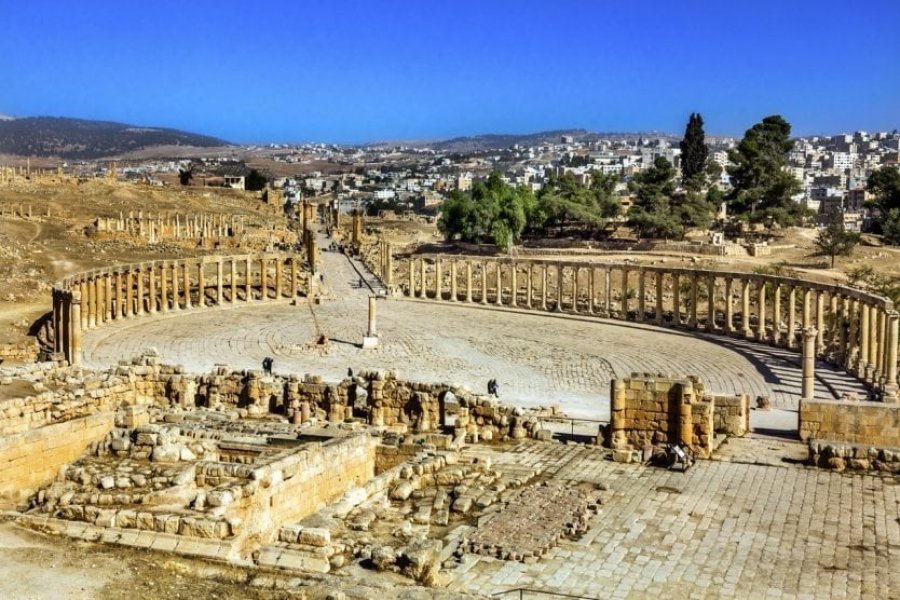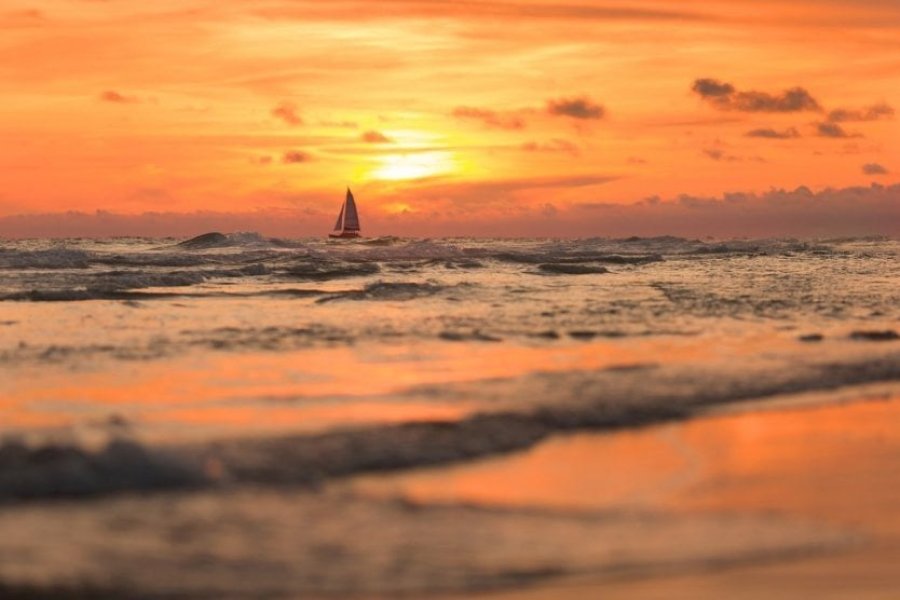Travel Guide India
The tourist office of India has found the formula to summarize the continent: Incredible India! Incredible to promote the incredible richness of the country. This expression will accompany you throughout your discovery of India where you will go from amazement to wonder. This country is a succession of jewels which compose ornaments worthy of a maharadja! From sumptuous palaces to prestigious mosques, from crystalline peaks to emerald lakes, from historic villages to a concentration of skyscrapers. So a retreat in an ashram or a trek in the Himalayas? North India or South India? Holi or Dipawali? Either way you will fall under the spell! From the masterful beauty of the Taj Mahal to the mystical city of Benares, from New Delhi to Calcutta. And everywhere the colors of the saris, the spicy flavors and a joyful tumult. What else is there? The forts of Maharashtra, the mosques ofHyderabad, the tombs of Bijapur, the landscapes of rice fields and tea plantations, the beaches with coconut trees... And natural parks of any beauty like those of Periyar or Wayanad. And of course the dream beaches of Goa. And the romantic Pondicherry. It's a whirlwind of life, of encounters, of possibilities at each crossroads of your trip in India. Of course, on the last day, intoxicated by this trip, you will be aware of all that you still have to discover! The remedy? Consult your travel guide and prepare your next trip...
What to visit India?
Suggested addresses India
When to go to India?
In North India, the most pleasant season is from mid-November to mid-March, but the high tourist season starts as early as October and continues into April. The prices are then high. Exceptions: the Himalayan regions (North Bengal, Sikkim, Himachal Pradesh, Uttarankhand) where temperatures are often below zero, it snows a lot and some sites are inaccessible. October to April is the off season. The low tourist season in North India lasts from mid-April to the end of September. From May, the heat is stifling (45°C on average). Prices are then low except in the climatic stations of the Himalayan foothills, in the north of Bengal (Darjeeling, Kalimpong), in Sikkim, in Himachal Pradesh (Shimla, Dharamasala), or Uttarankhand (Mussoorie, Nainital), it is however cooler (20°C), so it is the high tourist season for this region
In South India, the high season is from November to March, with a peak of visitors from mid-December to the end of January. The climate is pleasant. You will have to book your hotels in advance and the night will cost you a little more. Some resorts in Goa can be overcrowded. The off-season months (April, September and October) are perfect: still mild climate, good rates. During the low tourist season (May/August), rates are low everywhere but the heat is stifling and many hotels close, especially in Goa.
Weather at the moment
North India has four seasons: winter (December to February), summer (March to June), monsoon (July to September) and post-monsoon (October and November). In summer, the weather in North India is very hot (35/40°C).
South India has a tropical climate. From April to June, it is very hot and humid, and from June to September, it is monsoon. From September to November, it is about 25°C in South India. From November to February, the weather is dry and sunny.
Kolkata
Delhi
Mumbai
The currency is the Indian rupee, you can pay with a credit card in hotels and large restaurants and change euros in banks and hotels. The cost of living is very low in India. However, tourist services can be very expensive. Services are more expensive in the city than in remote areas. The hotels from the middle range have a good standing. Tipping is not mandatory.
European nationals must apply for a visa online, 34 days and 4 days before departure. The electronic visa is returned by email and must be presented to immigration at the airport in North India. This visa is valid for a single entry and for 30 days. Your passport must contain at least two blank pages and be valid for 6 months after your return date.
No vaccination is required to enter Indian territory. Only an antiamarile certificate is required for travellers from areas infected, particularly with the yellow fever virus. However, it is recommended to be vaccinated against hepatitis A and B, to be vigilant about unsafe water and food and to protect yourself well from mosquitoes.
Practical information
- When to travel?
- Weather forecast
- Budget
- Formalities
- Health
- How to travel by yourself?
- How to get organized?
- Getting around
Media
How to go to India? Our advice & tips
The tours offered by travel agencies in India are many and varied. You can choose to do a classic tour that includes major cities like Delhi and key monuments like the Taj Mahal or a thematic, cultural stay around, for example, Hinduism or Buddhism. India being a distant and exotic destination, it takes a certain amount of time to acclimatise, not to mention the long journeys on the spot. Choose a tour of at least 15 days.
Discover our selection of travel agencies for this destinationSeveral airlines fly directly from European capitals to New Delhi, Mumbai (Bombay) and Calcutta. On the spot, it is quite easy to organize your trips, as transport rates are low even at the last minute. North India is safe but it is important to avoid hanging out on the streets late at night and, for women, it is important to avoid short clothing and to cover your knees and shoulders well to avoid being bothered.
To discover the whole continent, if your time is limited, you will have to fly. The internal lines are numerous and affordable. The rail network is efficient, from north to south and vice versa. The train journey is very economical, but the cars are usually full to capacity. Buses serve the country well for a fare equivalent to 2nd class train. Renting a car allows you to travel in a particular region. With a driver is better.
India travel inspiration
Find unique Stay Offers with our Partners
Pictures and images India
Discover India
In North India, the most pleasant season is from mid-November to mid-March, but the high tourist season starts...
Read more about it
North India has four seasons: winter (December to February), summer (March to June), monsoon (July to Septembe...
Read more about it
The currency is the Indian rupee, you can pay with a credit card in hotels and large restaurants and change euros in...
Read more about it
European nationals must apply for a visa online, 34 days and 4 days before departure. The electronic visa is returned...
Read more about it
No vaccination is required to enter Indian territory. Only an antiamarile certificate is required for travellers fro...
Read more about it
Several airlines fly directly from European capitals to New Delhi, Mumbai (Bombay) and Calcutta. On the spot, it is q...
Read more about it
The tours offered by travel agencies in India are many and varied. You can choose to do a classic tour that includes...
Read more about it
To discover the whole continent, if your time is limited, you will have to fly. The internal lines are numerous and a...
Read more about it
Featured articles India
Other destinations India
- India - Rajasthan - Agra And Its Region
- Inde / Kerala - Backwaters
- Inde / Kerala - Centre Du Kerala
- India - Rajasthan - Delhi And Its Surroundings
- India - Rajasthan - Jaipur And Its Region
- Inde / Kerala - Kochi (Cochin) Et Ses Environs
- India - Rajasthan - Marwar
- India - Rajasthan - Mewar
- Inde / Kerala - Nord Du Kerala
- India - Rajasthan - Shekhawati
- Inde / Kerala - Sud Du Kerala
- Inde - Villages Du Kutch
